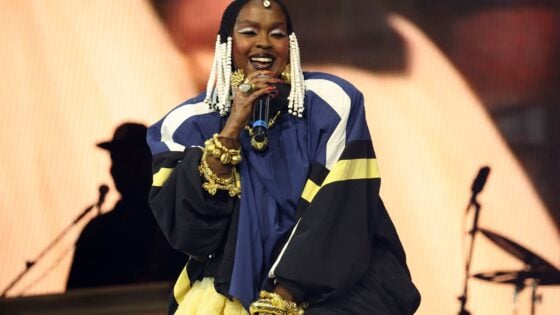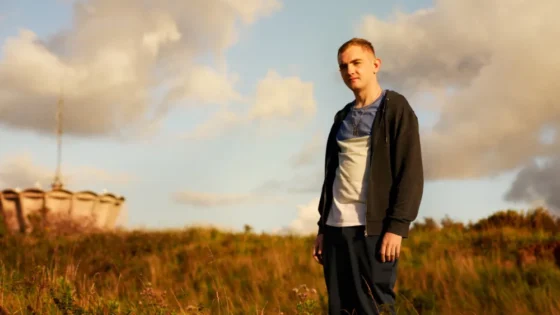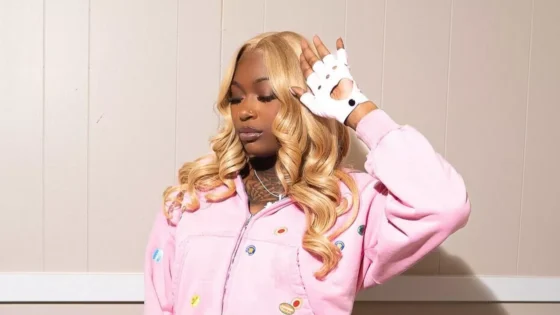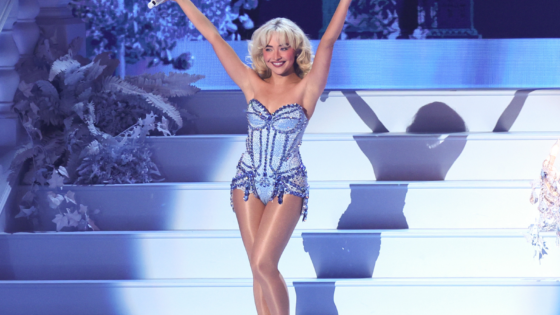When the topic of Stephen King film adaptations gets raised, the very mention of the author and his movies often conjure images of pulpy horror villains and frightening locales. It’s not an unfair thought either, as the guy absolutely dominated the arena for a number of years with genre-defining films like The Shining and Carrie adapting his stories. With the recent release of It: Chapter Two, the situation may feel as though the modern master of terror is a one-trick pony, but it’s important to remember the success that his other dramatic stories have also enjoyed. Of these, the most notable and critically acclaimed is The Shawshank Redemption, a 1994 prison drama that set the gold standard for cinema behind bars.
Taking place in the titular prison, The Shawshank Redemption’s story of friendship, hope, and the mental toll of incarceration is both haunting and inspiring. While on the surface the narrative centers on maintaining hope and faith in the face of adversity, the larger picture incorporates a number of religious themes and life lessons to offer quasi-religious advice for those seeking freedom from whatever prison they find themselves confined. Even without these themes, The Shawshank Redemption is still a film worthy of repeated viewings, never losing its charm because of its spectacular story, skillful actors, and awesome cinematography.
Prison Bound
At its very core, Shawshank Redemption centers around the relationship between Andy and Red, two convicts in the Shawshank State Penitentiary. Andy, who has been sentenced for the murder his wife in response to her infidelity, is an offbeat character who never seems to bow under the weight of his situation, and Red, another convicted murderer, just seems to make the best of things. Together, they build a friendship behind bars, struggling against the systemic corruption of the prison system and the dehumanizing position in which Shawshank’s inhabitants are forced to live.
Uniquely King
In its treatment of male friendship and portrayal of the bonds between characters, The Shawshank Redemption feels spiritually akin to another Stephen King penned work, Stand by Me. Both stories put close bonds between male characters at the center of focus, stepping away from the traditional narrative devices like romantic leads and thrilling action. Although one is a coming of age story and the other is a stark prison drama, both films feel linked through the growth and emotional development of their characters without relying on the classic horror motifs that traditionally punctuate works by King. Instead, they share a deep understanding of the underlying workings of humans, telling stories through their psyches rather than their baser emotions.
For the most part, these thematic similarities stem from the fact that the text inspirations for both of these works come from the same King collection, Different Seasons. This bundle of novellas includes “The Body” (Stand by Me), “Rita Hayward and the Shawshank Redemption” (The Shawshank Redemption), “Apt Pupil” (later made into a film by the same name), and the unused “Breathing Method.” Together, these novellas all share a number of closely related meanings, with all centering around the concept of the character molding journey. In the collection, this idea is explored in relation to the changing of the seasons, illustrating the evolution of emotions and the human experience in various stages of life.
As always, Freeman steals the show
The highlight of The Shawshank Redemption is, without at doubt, Morgan Freeman’s portrayal of Red. Although at the time he wasn’t as well known for his narrative gifts, Freeman’s role is certainly an early hint at the type of work that would characterize his later career. As the film’s story is predominantly told from Red’s perspective, Freeman gets ample opportunity to showcase the generally beautiful tone of his voice, and the thoughtful emotions that the actor can imbue it with.
Ironically, Freeman was never supposed to play Red in the first place. In the text, Red was supposed to be a redheaded Irishman (hence the name), but the producer actually pushed for Freeman instead. The film even makes a subtle nod to this inaccuracy, as Red jokingly says that he gets his name because “maybe because I’m Irish.”
Honestly, the inclusion of Freeman works to The Shawshank Redemption’s advantage, adding another layer of depth to the friendship of Andy and Red because of their racial differences. Although it is not overtly explored as the story progresses, the intersection of race and the struggle of incarceration leads to interesting possibilities about interpretations and makes their friendship feel more genuine and unique.
Making history
Although The Shawshank Redemption was initially slow at the box office, it was nominated for seven Academy Awards and became the highest-grossing rental in the year it was released. Despite being released among incredibly tough competition, most notably Pulp Fiction and Forrest Gump, the film also generally ranks above those movies in critics polls.
Regardless of all the critical acclaim, there’s a certain quality to The Shawshank Redemption that lingers. It’s so touching in its treatment of friendship and cold in its treatment of prison that these opposite extremes make for an unrivaled experience in prison dramas. If you haven’t seen this movie, do so, and if you have, watch it again. It’s surely worth the two-hour run time and then some.

































